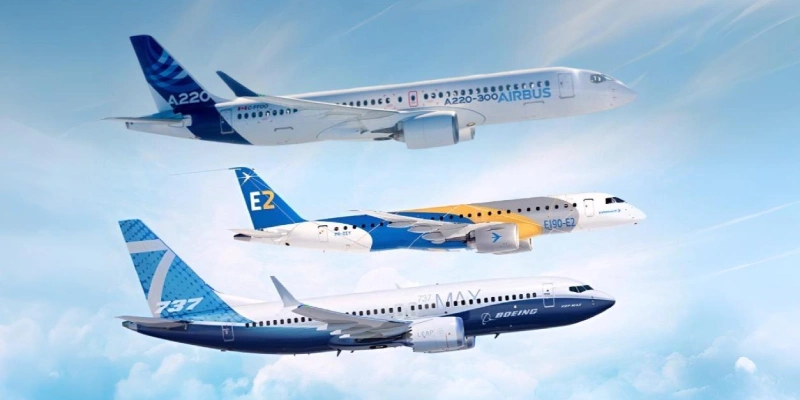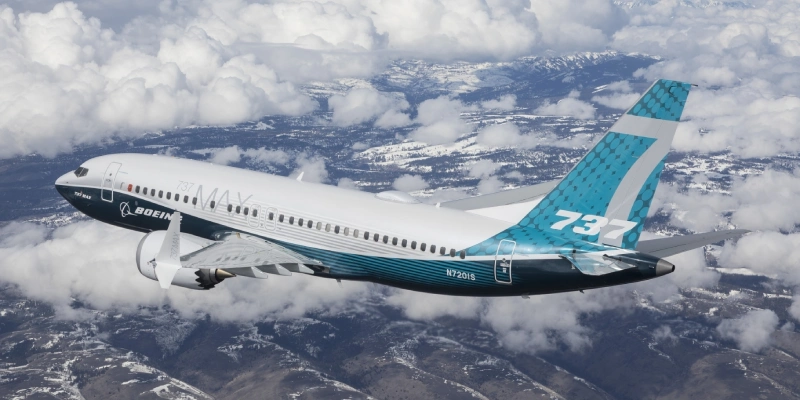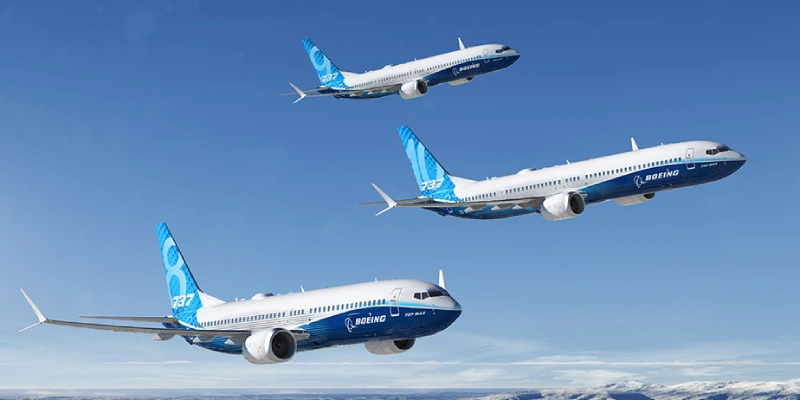Ethiopian Airlines, Africa’s largest carrier, is strategically considering the purchase of at least 20 regional or small narrow-body aircraft as part of its plan to strengthen its domestic network and replace aging fleets. This was confirmed by its CEO, Mesfin Tasew Bekele, in a recent interview with Reuters, where he detailed the models under evaluation and the current operational challenges.
Three Models in the Running: Embraer, Airbus, and Boeing
Bekele stated that the airline is evaluating three options: the Embraer E-2, the Airbus A220, and the Boeing 737 MAX 7. Each of these aircraft offers distinct capabilities and features. However, the 737 MAX 7—the largest in capacity among the three—has yet to receive certification.
The total number of aircraft ordered will depend on the selected model, indicating that the decision goes beyond quantity: it is also a bet on operational efficiency, costs, and availability.
Strong Demand and Limited Capacity
Despite robust travel demand, Ethiopian faces significant constraints due to delays in new aircraft deliveries and the grounding of part of its fleet. Bekele explained that these delays stem from both Boeing and Airbus, with postponements ranging from three to six months—or even longer in some cases.
→ Air Niugini Strengthens Its Fleet: Acquires Two Additional Airbus A220
Grounded Aircraft: The Current Achilles’ Heel
One of the airline’s biggest operational challenges is the number of grounded aircraft caused by bottlenecks at engine maintenance centers. Ethiopian Airlines currently has three Boeing 787s out of service due to a lack of Rolls-Royce engines, and five turboprops grounded because of Pratt & Whitney engine shortages from RTX.
The maintenance crisis has doubled the usual repair times.
“Normally, engines were repaired and returned within three months. Now, it takes six months or even longer,” Bekele noted.
Leasing as a Temporary Solution
To mitigate capacity issues, the airline is in talks with leasing companies to temporarily add aircraft to its fleet. This strategy would allow Ethiopian to maintain its service offerings without relying entirely on new deliveries or the slow pace of repairs.
A Future Defined by Key Decisions
The pending order will not only impact Ethiopian Airlines’ domestic network but could also set a trend for other African carriers. The choice between the A220, the E-2, and the MAX 7 will shape the airline’s regional operations for years to come, solidifying its reputation as a growth model on the continent.
The decision, which appears imminent, will serve as a barometer for airline confidence in manufacturers amid global logistical challenges.
Related Topics
FAA to Evaluate New Cockpit Alert System for Boeing 737 MAX 10: A Key Step Toward Certification
Southwest Airlines Expects Boeing 737 MAX 7 Certification by August 2026
Airbus Admits Boeing Likely to Win Order Race This Year
Boeing and United Airlines Test Advanced Digital Communications for the Future of Aviation

Plataforma Informativa de Aviación Comercial con 13 años de trayectoria.




